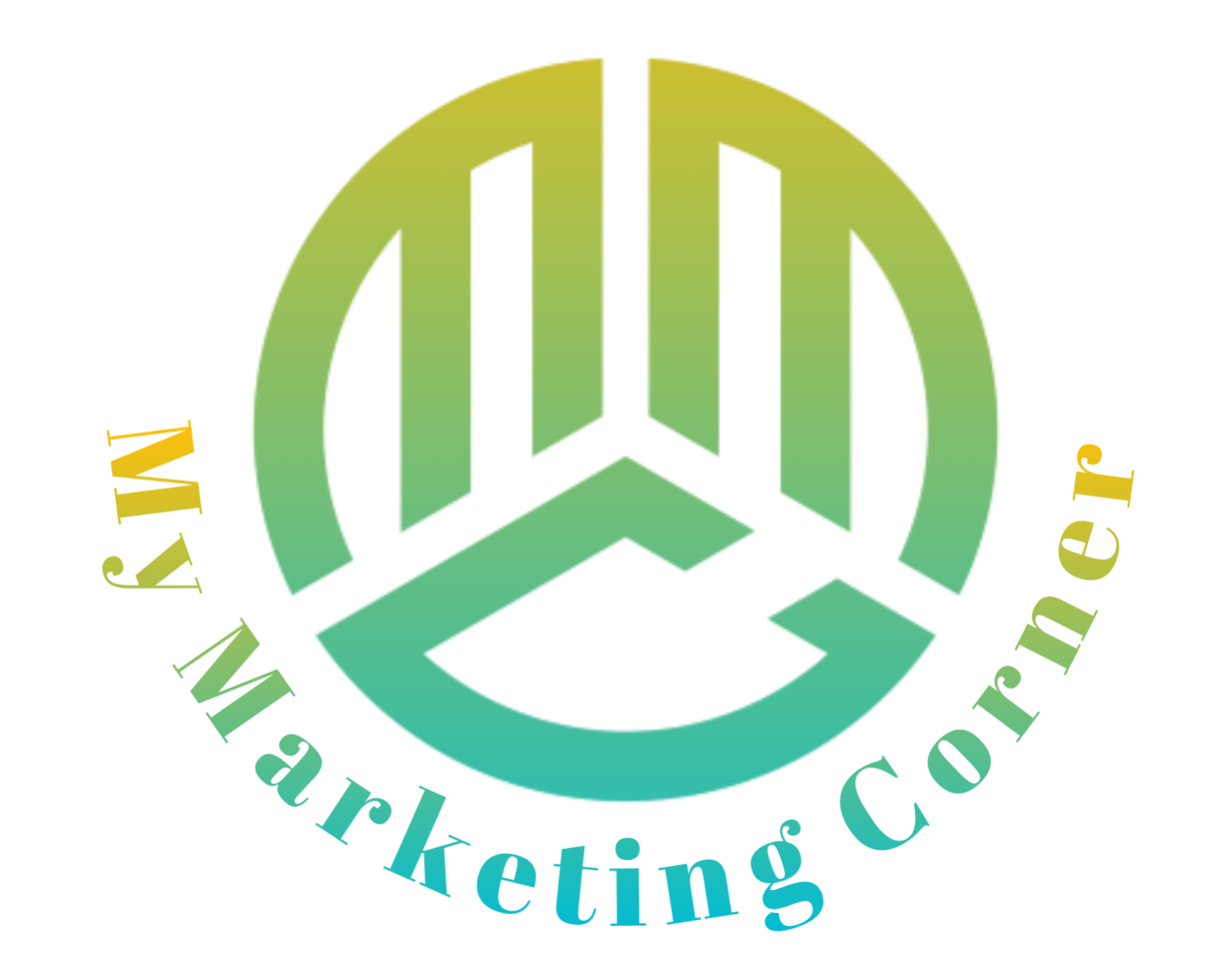Search Engine Marketing (SEM) is an effective way to reach potential customers and increase brand visibility online. One of the most popular SEM tactics is Pay-Per-Click (PPC) advertising, which allows businesses to target specific keywords and phrases and only pay when someone clicks on their ads. However, to achieve maximum results from your SEM efforts, you need a winning PPC strategy. Here are four tips to help you get started:
- Conduct Thorough Keyword Research
The success of your PPC campaign largely depends on the quality of your keyword research. If you choose the wrong keywords, your ads may not be seen by your target audience, or you may end up paying a high cost per click (CPC) for irrelevant traffic. To maximize your SEM results, you need to identify the keywords and phrases that are relevant to your business and have a high search volume.
To conduct effective keyword research, you can use various tools such as Google Keyword Planner, SEMrush, or Ahrefs. These tools can help you discover relevant keywords, estimate their search volume, and analyze their competition. You can also use them to identify long-tail keywords that are less competitive but still relevant to your business.
Once you have a list of potential keywords, make sure to organize them into ad groups based on their relevance and search intent. This will help you create targeted ads and improve your Quality Score, which can lead to lower CPCs and higher ad rankings.
- Create Compelling Ad Copy
Your ad copy is the first thing that potential customers will see when they search for your keywords. Therefore, it’s essential to create compelling and relevant ad copy that captures their attention and encourages them to click through to your website.
To create effective ad copy, you need to focus on your unique value proposition (UVP) and use persuasive language that resonates with your target audience. Your ad copy should also include a clear call-to-action (CTA) that tells the user what to do next, such as “Sign up now” or “Learn more.”
Additionally, make sure to use ad extensions such as sitelinks, callouts, and structured snippets to provide additional information about your products or services. Ad extensions can also improve your ad’s visibility and increase your click-through rate (CTR).
- Optimize Your Landing Pages
Your PPC campaign doesn’t end with your ad copy. You also need to optimize your landing pages to ensure that users have a seamless experience and are more likely to convert. A well-optimized landing page can also improve your Quality Score, which can lead to lower CPCs and higher ad rankings.
To optimize your landing pages, make sure to align them with your ad copy and focus on a single conversion goal, such as filling out a form or making a purchase. Your landing pages should also be mobile-friendly, fast-loading, and easy to navigate. Additionally, use compelling headlines, persuasive language, and visual elements to keep users engaged and encourage them to take action.
You can also use A/B testing to identify which landing page elements are performing best and make data-driven decisions to improve your conversion rate.
- Monitor and Adjust Your Campaign
PPC advertising is not a set-it-and-forget-it tactic. To maximize your SEM results, you need to continuously monitor and adjust your campaign based on its performance. This includes tracking your ad spend, impressions, clicks, CTR, conversion rate, and other metrics that are relevant to your business goals.
You can use various tools such as Google Ads, Google Analytics, or third-party software to track your campaign performance and identify areas for improvement. For example, if your CPCs are too high, you.






